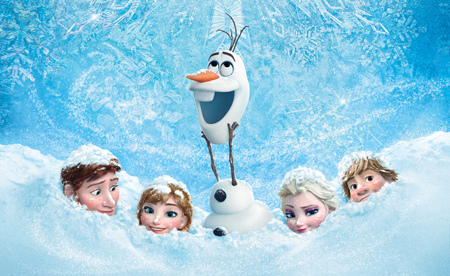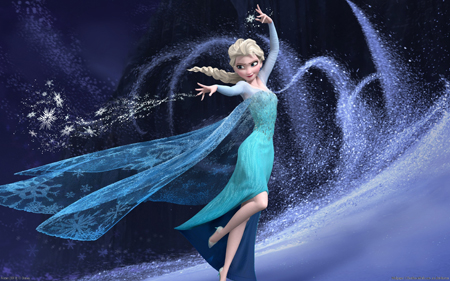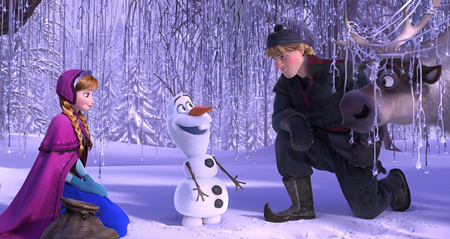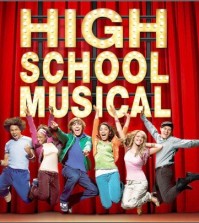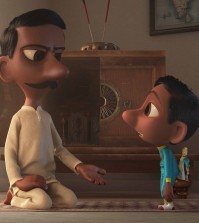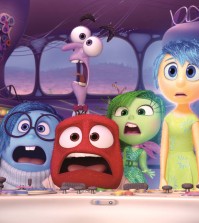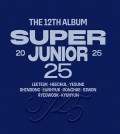- California Assembly OKs highest minimum wage in nation
- S. Korea unveils first graphic cigarette warnings
- US joins with South Korea, Japan in bid to deter North Korea
- LPGA golfer Chun In-gee finally back in action
- S. Korea won’t be top seed in final World Cup qualification round
- US men’s soccer misses 2nd straight Olympics
- US back on track in qualifying with 4-0 win over Guatemala
- High-intensity workout injuries spawn cottage industry
- CDC expands range of Zika mosquitoes into parts of Northeast
- Who knew? ‘The Walking Dead’ is helping families connect
How ‘Frozen’ took over Korean cinema
30-something viewers drive frenzy over latest Disney hit
By Do Je-hae
Stella Chung, a 39-year-old mom with two pre-school girls, thought that she was well past Disney movies until “Frozen” started sweeping local theaters. Following a friend’s recommendation, Chung took her family to the theater over the Lunar New Year holidays.
“It was the best Disney movie I’d seen in a long time,” Chung said. “I was as impressed with Frozen as I was with the old Disney classics I grew up watching, like Sleeping Beauty (1959) and Beauty and the Beast (1992). Frozen really combines all the qualities women look for in an animated film — a gripping storyline, lovely characters and unforgettable music.”
Chung is among many Korean women in their 30s who are revisiting their youth through “Frozen.” A recent report showed that the women in their 30s were the driving force behind the movie’s record-breaking performance at the box office in the last few weeks here since its local release on Jan. 16.
According to ticketing site MaxMovie, 47 percent of the people who made advance bookings to see “Frozen” were in their 30s, and 17 percent in their 20s. Women in their 30s constitute 29 percent of the entire admission, larger than any other age group.
The Disney hit crossed the 7 million admissions mark Sunday and has grossed more than $45 million here, according to the Korean Film Council (KOFIC). In just 18 days after its release, it had gathered 6 million viewers. The movie has easily removed “Kung Fu Panda II” as the biggest animation box office hit in Korea.
The film is a musical fantasy loosely based on Hans Christian Andersen’s fairy tale “Snow Queen.” The story follows the epic journey of two estranged sisters, Princesses Elsa and Anna, who try to break a spell that freezes their kingdom.
Some moviegoers were impressed with the distinctive theme and characters that set it apart from former Disney animations.
Shim Yoo-jin, a college lecturer with an 8-year-old girl, grew up watching films like Alice in Wonderland (1951), Cinderella (1950), and The Little Mermaid (1981).
“It was somewhat refreshing that a main character in Frozen ends up with a commoner and not a handsome prince,” the 37-year-old said. “And the theme revolves around sisterhood. That’s something I haven’t seen before in a Disney film.”
The strong-willed Anna falls in love with Kristoff, a mountain man, who helps her along the journey to reunite with her older sister Elsa, who abandons her kingdom in order to deal with her strange power to freeze everything she touches.
Film critics have taken notice of the strength of the two female leads. “In Frozen, we don’t see princesses waiting for their princes to show up and save them,” film critic Choi Han-wook wrote on his blog. “Elsa and Anna are strong independent women who solve their own problems.”
The 3D computer-animation has garnered many awards, including the Golden Globe Award for best animated feature film, five Annie Awards (including best animated feature), and two Critics’ Choice awards for best animated feature and best original song for “Let It Go.”
It is also up for Academy Awards in the best animated feature and best original song categories, in addition to BAFTA and Satellite Award nominations.








